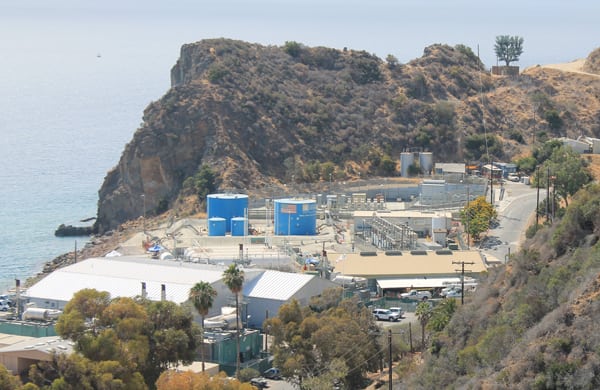California Wants Proposals for Renewable-Powered Microgrids
The California Energy Commission (CEC) issued a solicitation for proposals earlier this month to fund projects that will demonstrate the feasibility of renewable energy and storage–powered microgrids.
A total of $26.5 million in funding is available for three groups of potential projects: low-carbon-based microgrids for critical facilities, high-penetration renewable-based microgrids, and advanced smart and bidirectional electric vehicle charging.
Methods for developing, powering, and operating microgrids have gathered increasing attention in the past few years. Examples have ranged from institutions and commercial facilities, to often-remote military bases, to islands (which deployed microgrids before the term existed). California has all of the above and more, the most impressive of which may be the University of California, San Diego’s 42-MW solar photovoltaic (PV) and cogeneration system.
Several military bases in California are developing their own microgrids, and the state has at least two operating island microgrids. Santa Catalina Island, offshore of Los Angeles, has a diesel, microturbine, and sodium-sulfur battery–powered grid operated by Southern California Edison for the island’s 4,100 residents (Figure 1).
1. A combination of diesel generators, propane-powered Capstone microturbines, and sodium-sulfur batteries provide power to Santa Catalina Island in California. The plant also supplies the island’s water needs via desalination. Source: POWER/Tom Overton
Meanwhile, the National Park Service revamped the microgrid on the island of Alcatraz in San Francisco Bay in 2012 by combining solar PV panels, lead-acid batteries, and backup diesel generators. The 800-kW/1,900-kWh system (shown in the header photo), supplied by Princeton Power Systems, has cut the island’s carbon emissions by 80%. The project was honored for its innovations at the InterSolar conference in San Francisco earlier this month.
More to Come
The request for proposals from the CEC is primarily focused on fostering microgrids like the one on Alcatraz: $20.5 million of the $26 million is available for microgrids powered by low-carbon or renewable generation, and integrated with energy storage and demand response.
Renewable generation is preferred for critical facility projects, though cogeneration can also be used. The second group of projects is intended to test the feasibility of microgrids operating on up to 100% renewable generation for industrial, commercial, or mixed-use facilities and communities.
Both types of microgrids must be able to disconnect from the grid and self-power for at least three hours, as well as having the ability to drop non-critical loads, coordinate generation and loads, control storage, prevent export of power during over-generation, and limit other grid impacts. In addition, the technologies being developed must be capable of being made commercially available at the end of the project.
Matching funds equal to 25% of the requested amount must be provided by hopeful applicants, and a maximum of $5 million is available for each proposal. The deadline to submit applications is Nov. 3, 2014, and a pre-application workshop will be held online on July 29. Winning projects are expected to begin construction in 2015.
—Thomas W. Overton is a POWER associate editor.
